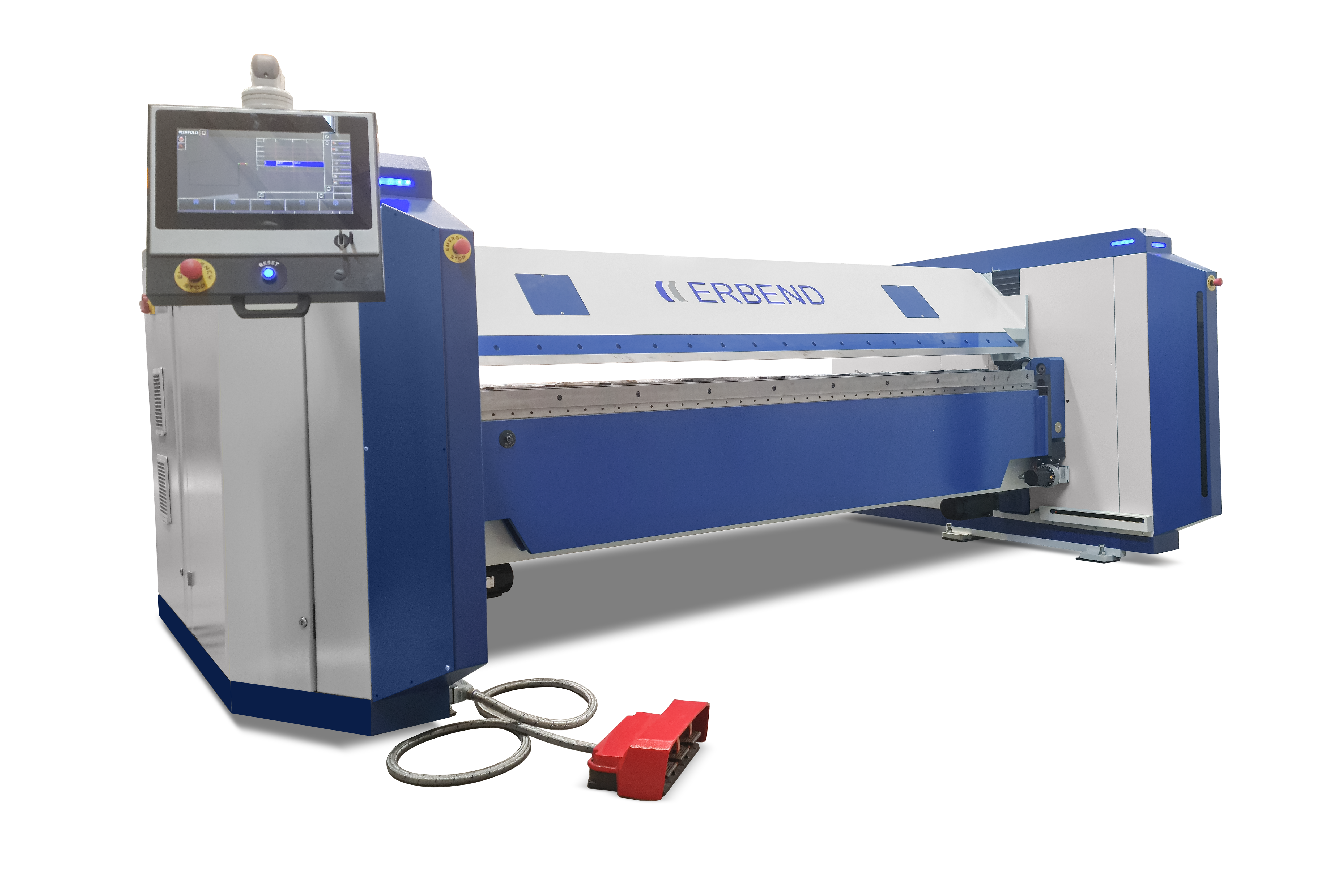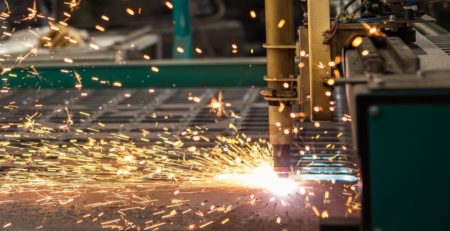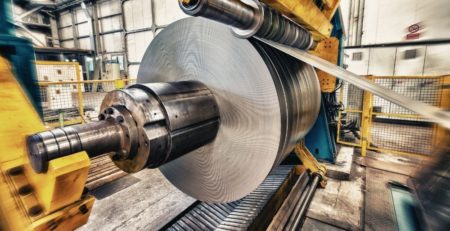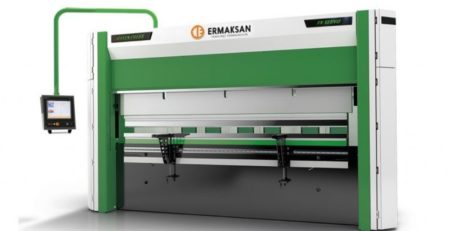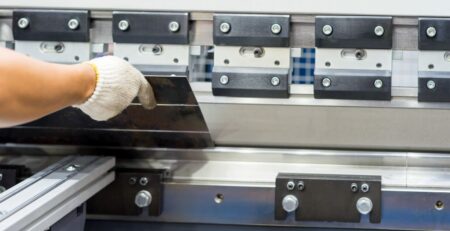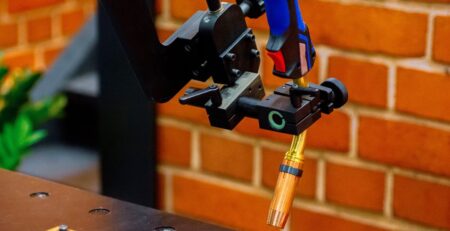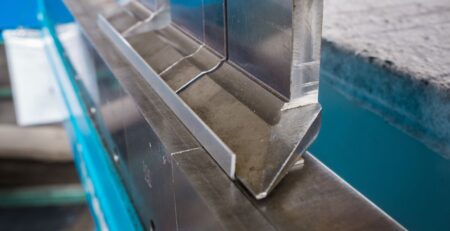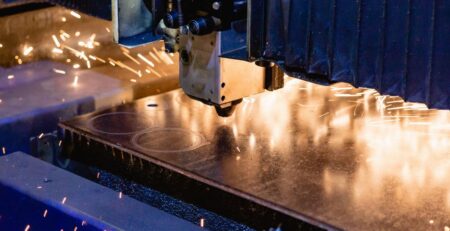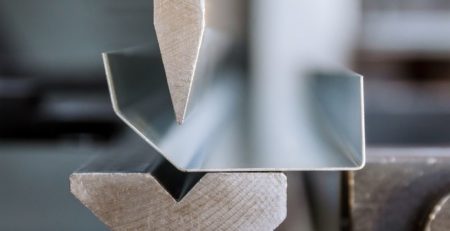CNC Metal Folder Anatomy
A CNC folder is used to bend metal for fabrication. It is a relatively simple operation, the folder consists of three beams, an upper clamping beam (the beam that moves up and down to clamp the material down) the lower beam (which acts as the base of the clamping) and the folding beam. The folding beam moves to various angles to bend metal. The advantage of a folder is that you can program the folder to bend at various degrees and it doesn’t require a tool change, the upper and lower beam, working together, act like the die and the folding beam acts like a tool creating different angled bends.
A folder can also create hems, both an open hem (which you may see in a standing seam applications) or a closed hem (also known as a tear drop hem) to reinforce a piece of metal or to create a smooth safe edge on the metal.
Radius bends are also a popular use for a folder. The folder uses its clamping beam along with its folding beam to make small bends to create a curved bend, this can be used to create gutters, fitted or decorative parts.
The clamping beam (upper beam) can be set up with a sharp nose tool (a solid beam usually with a 20° or 30° angle) for straight bends or with segmented tools (also known as goats foot tools due to their shape) for working with parts that may have flanges or when creating a box, pan or tray. The segmented tools allow you to remove sections of the tool so it can clamp down on a part without crushing a perpendicular bend that may already exist.
Folders can come with just a sharp nose tool on the clamping beam or just segmented tools, the third and very popular option is the “combi beam” which has a sharp nose tool on one side of the clamping beam and then rotates around to the other side of the beam which is equipped with segmented tools.
Most folders are equipped with a backgauge that moves the material from front to back so it is in the correct position for each bend.

